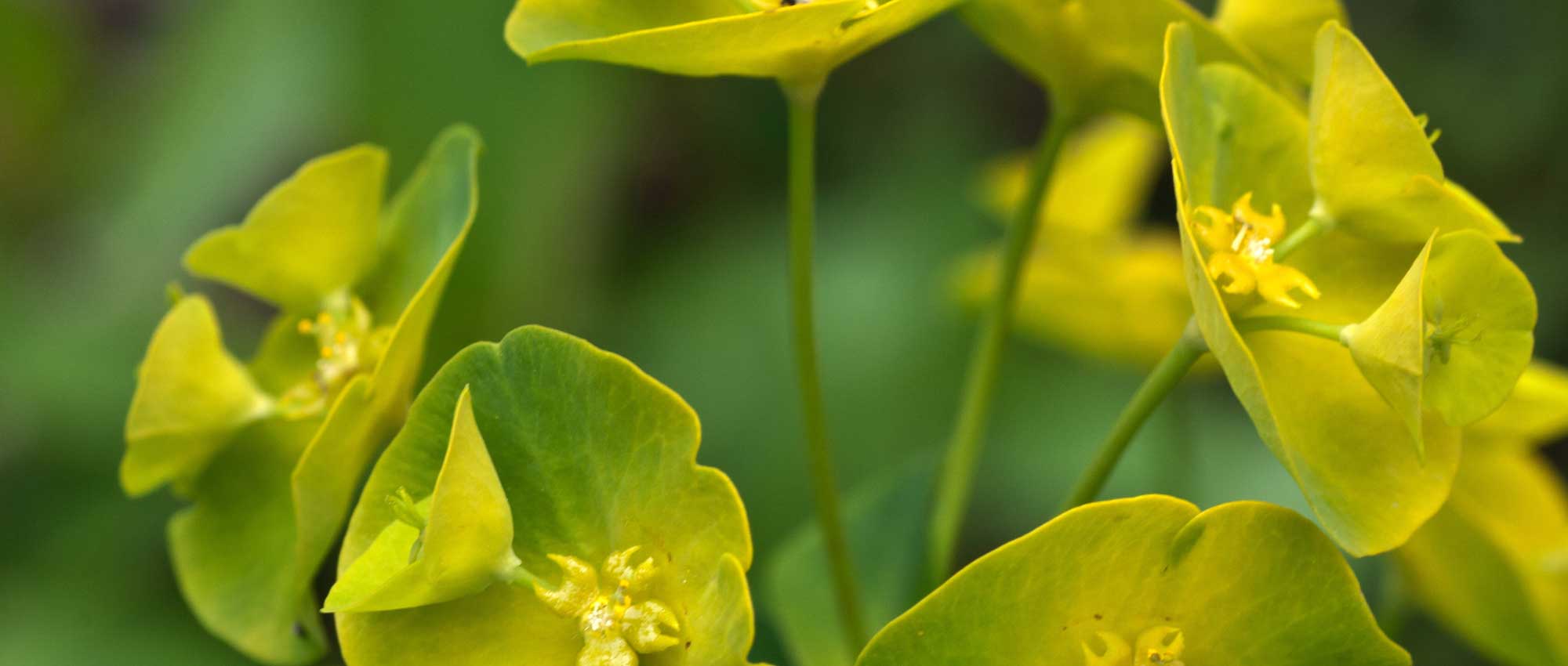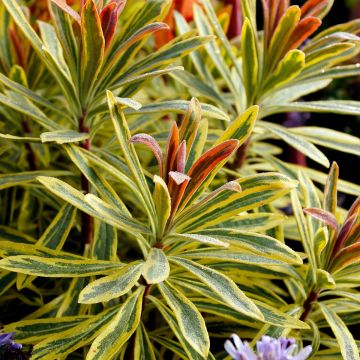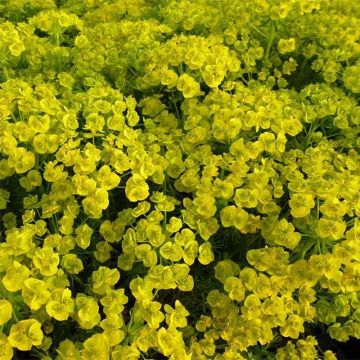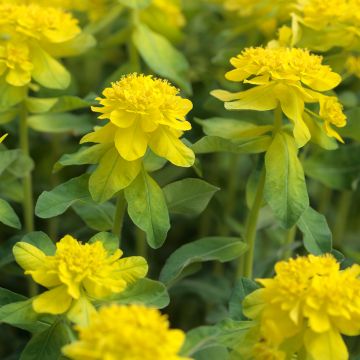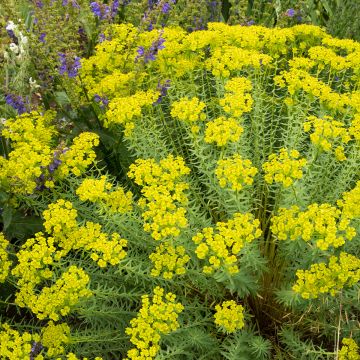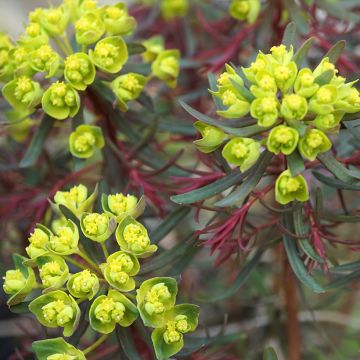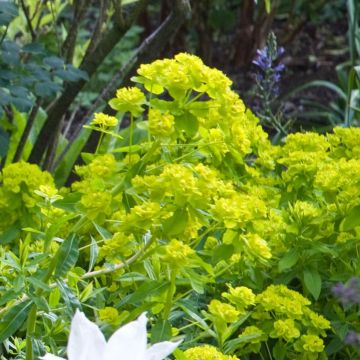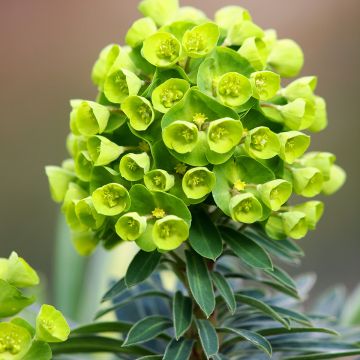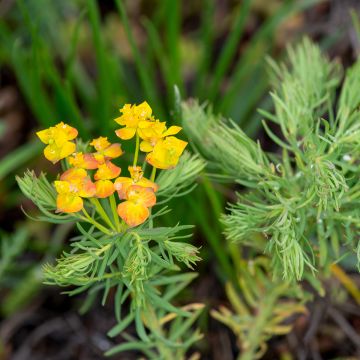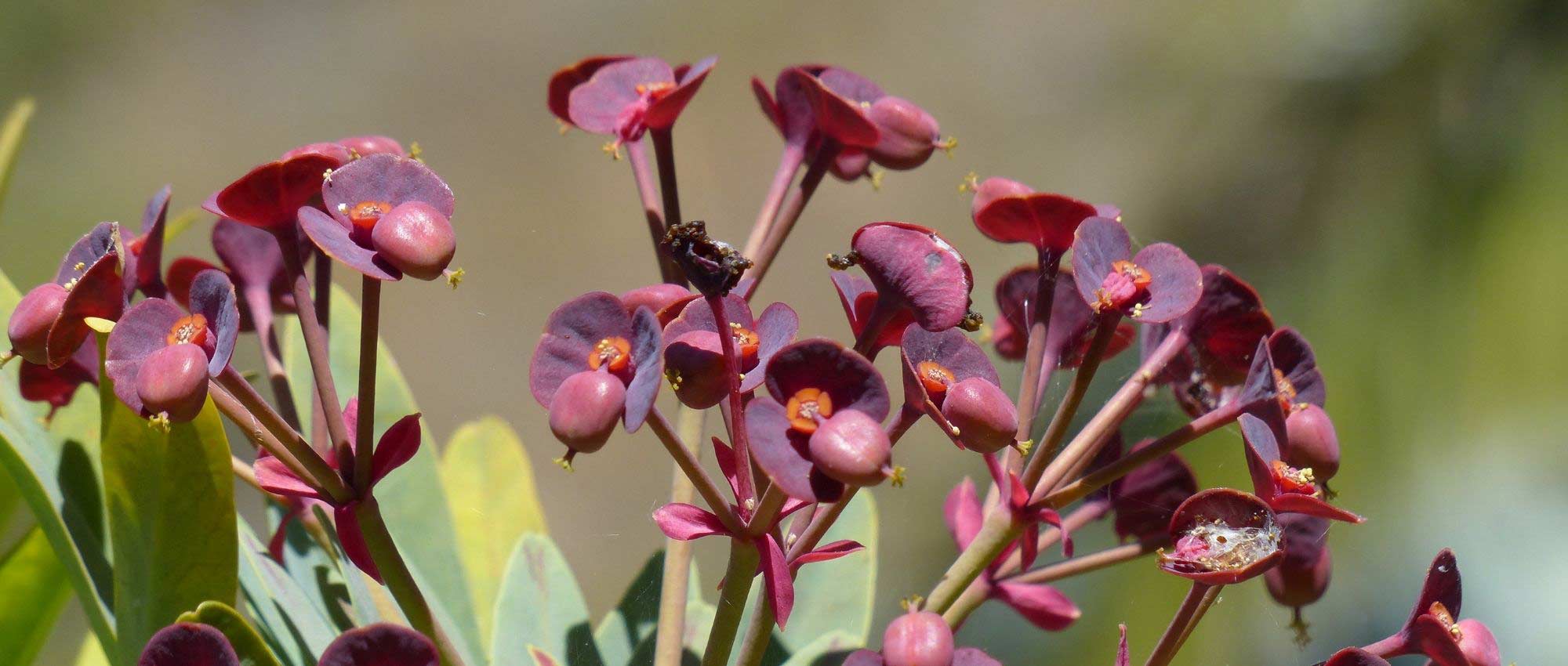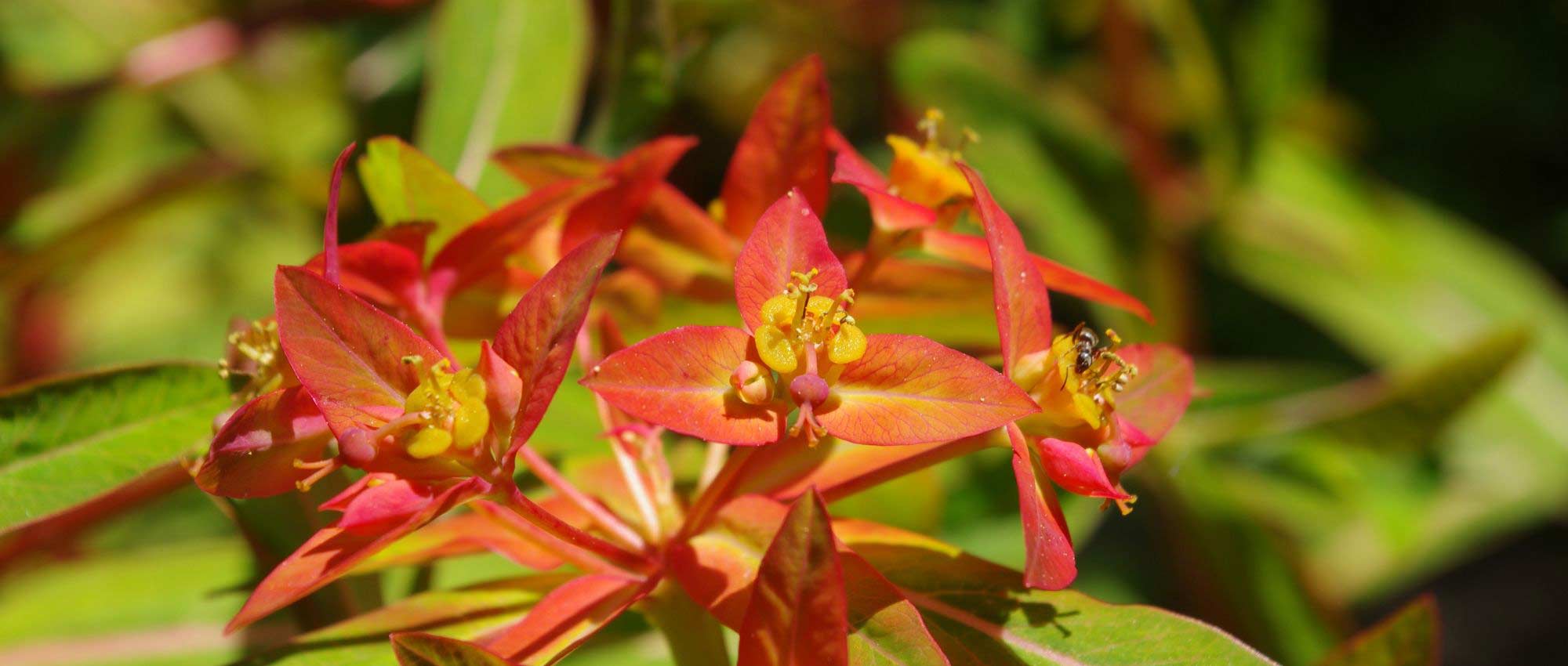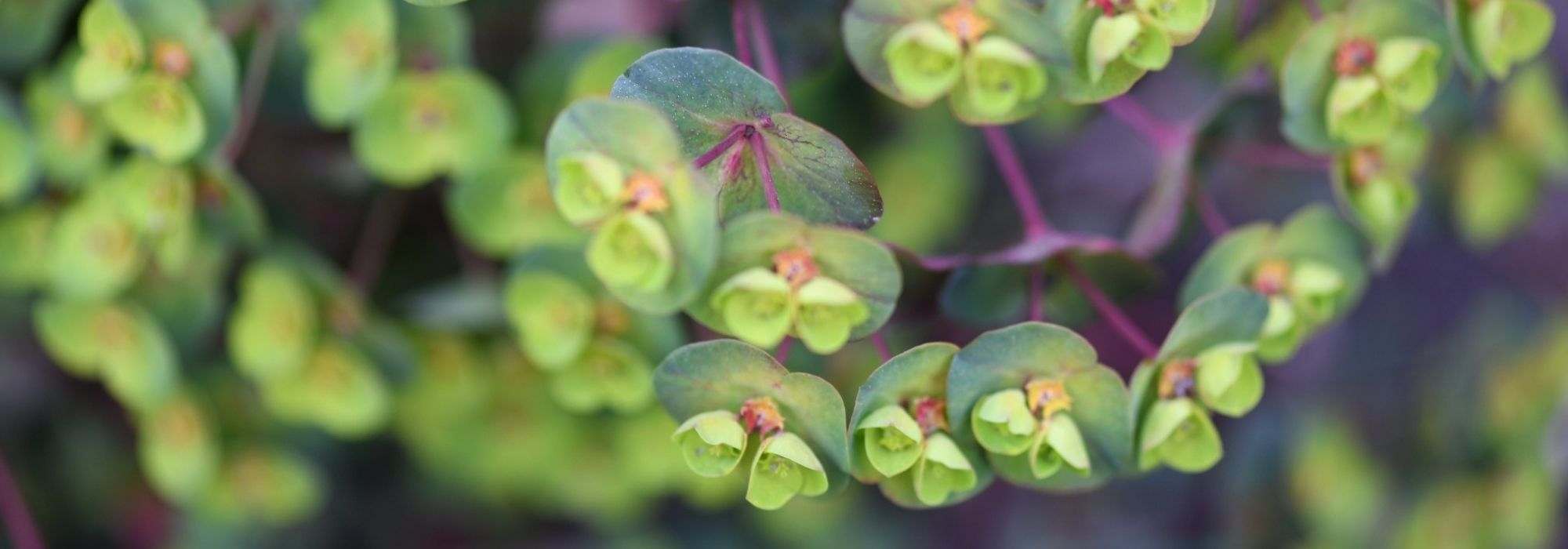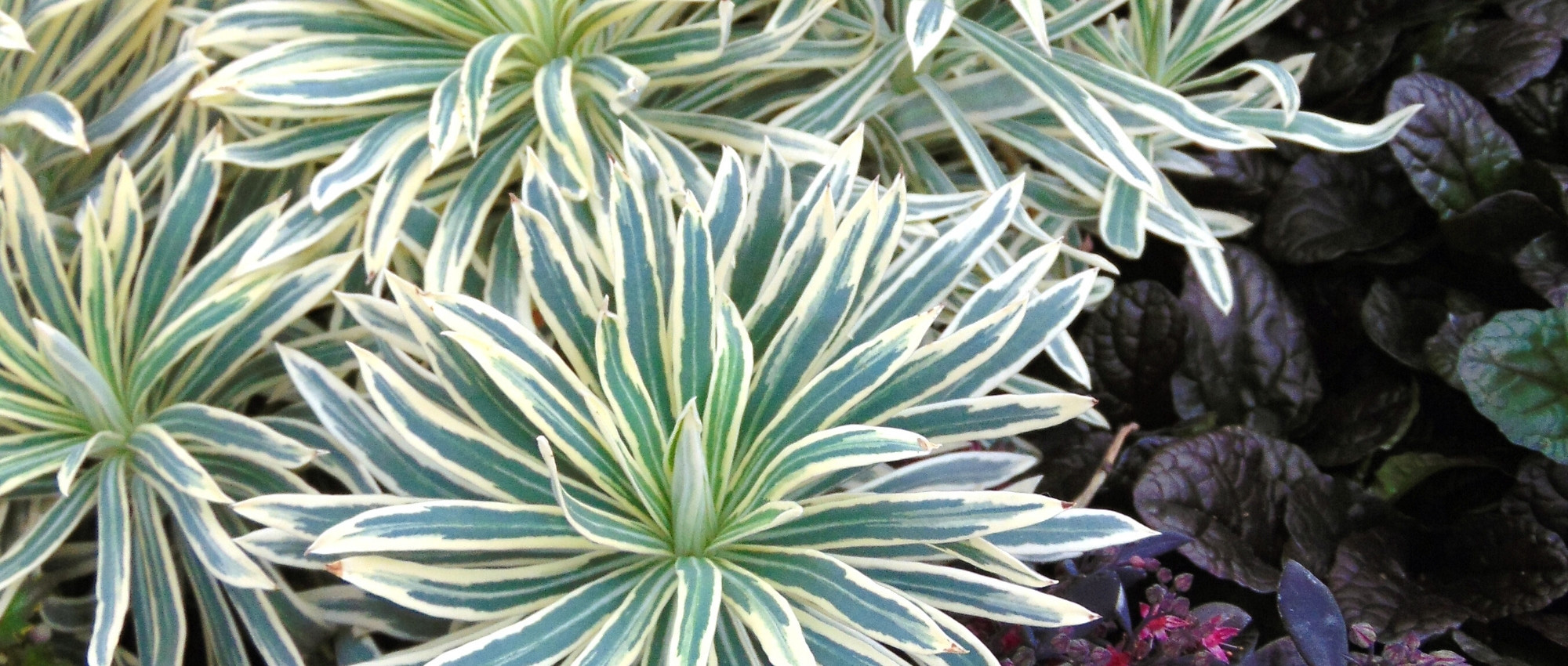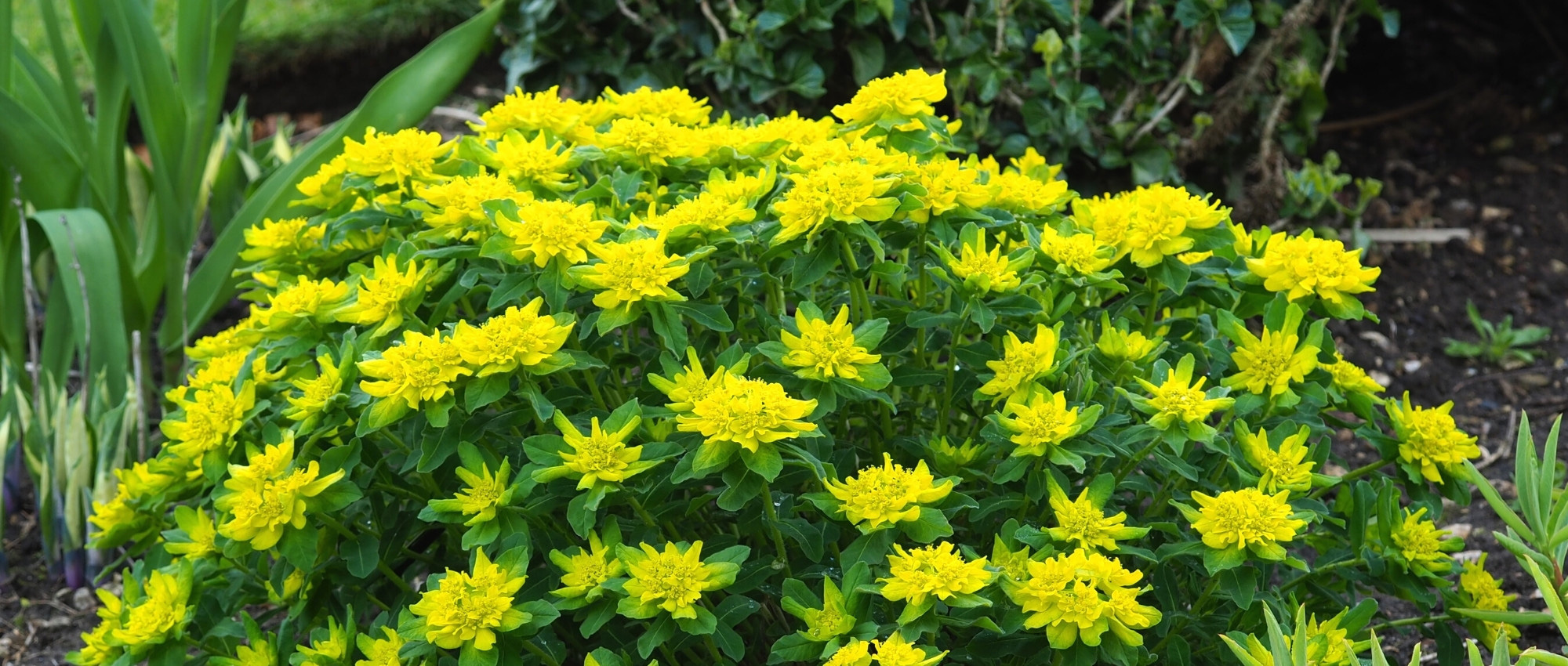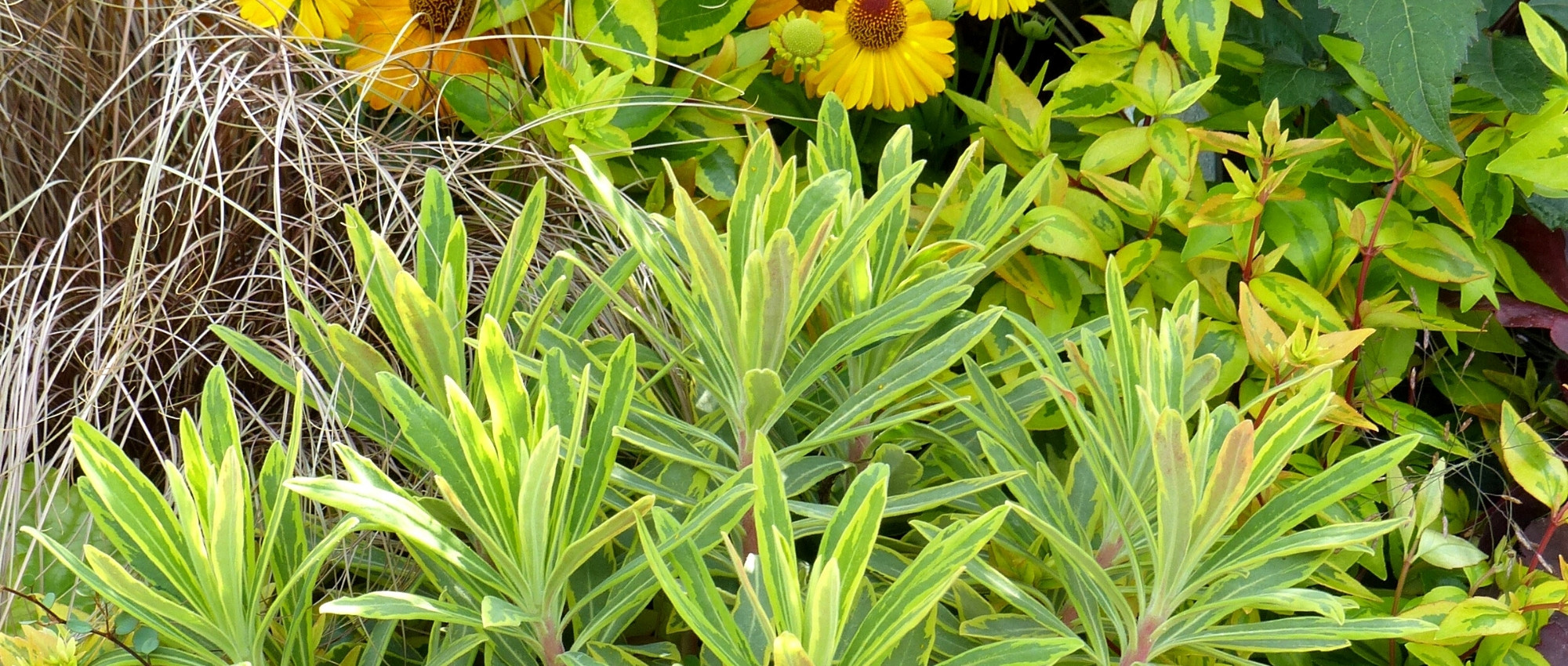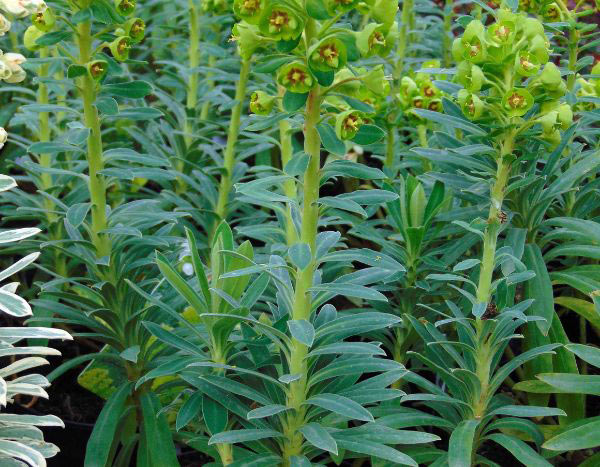

Euphorbia lathyris - seeds
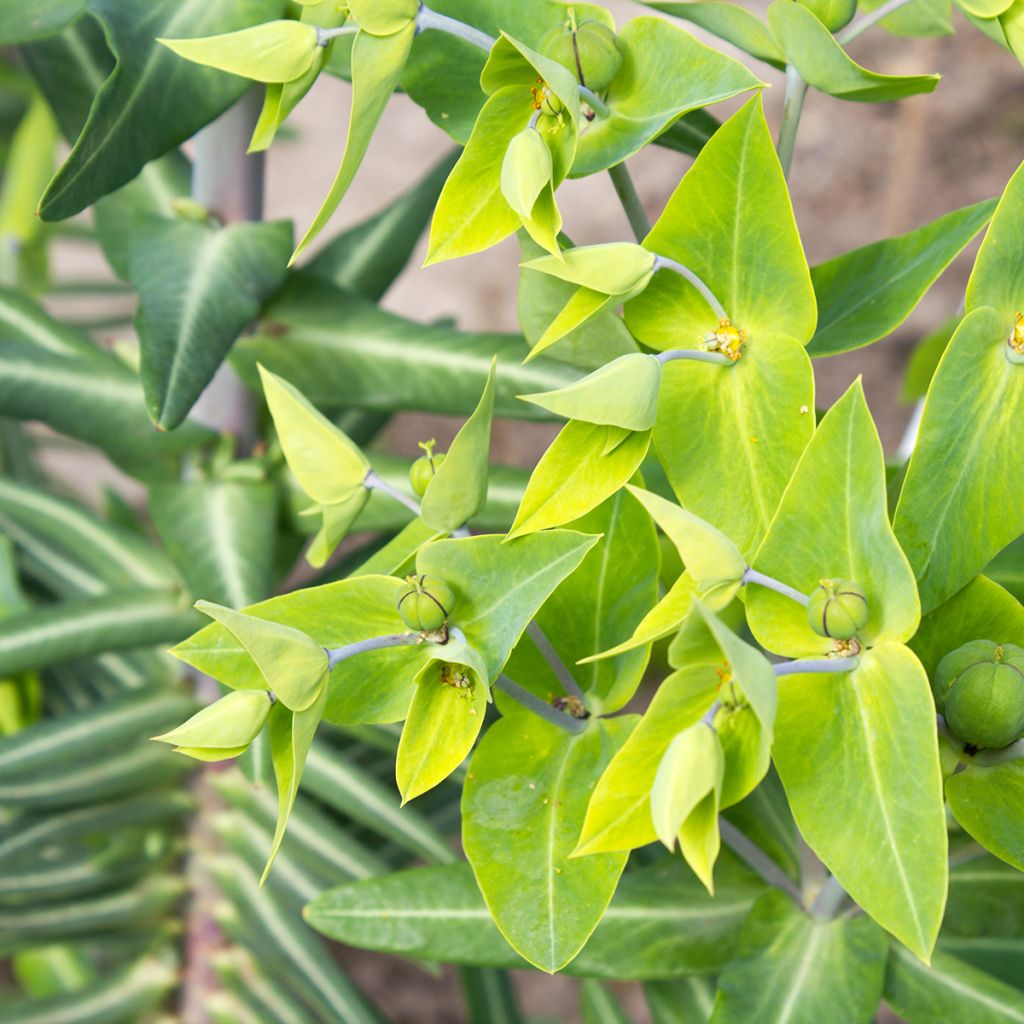

Euphorbia lathyris - seeds
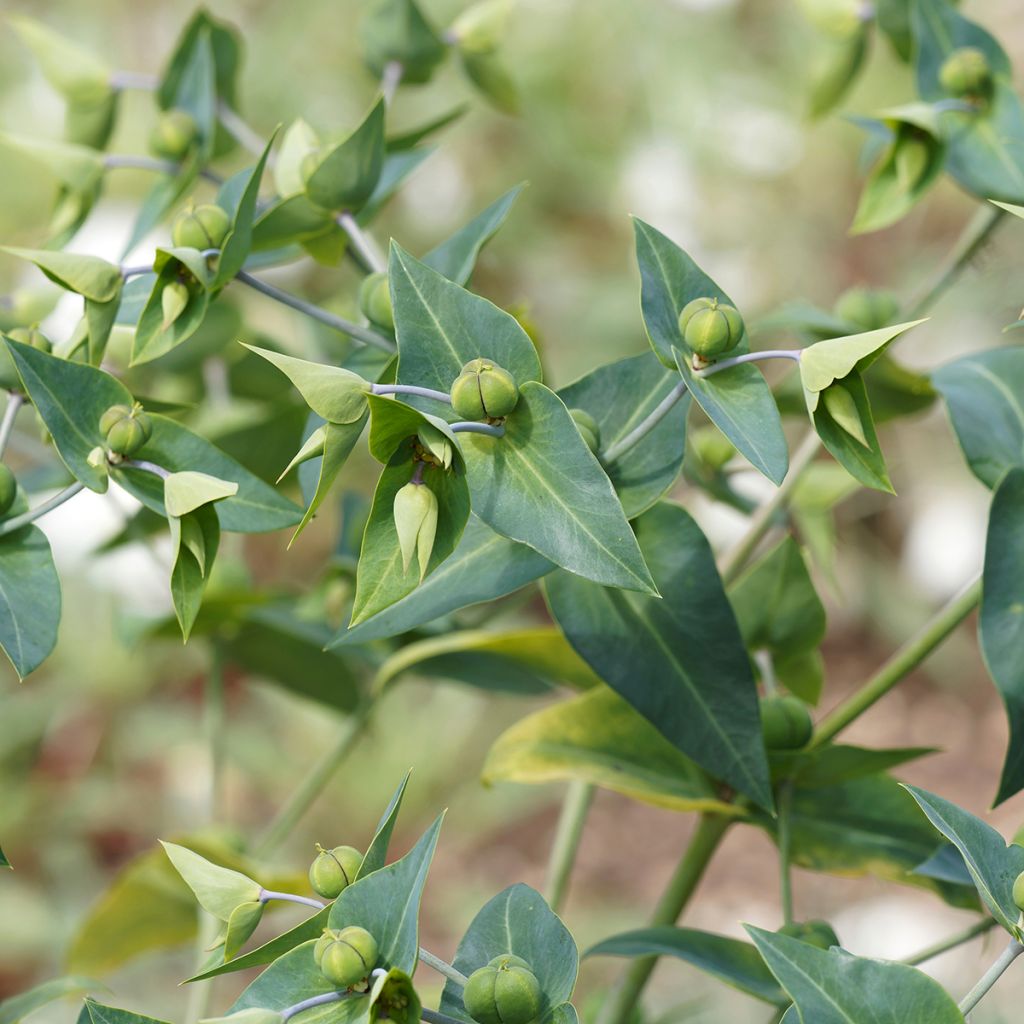

Euphorbia lathyris - seeds
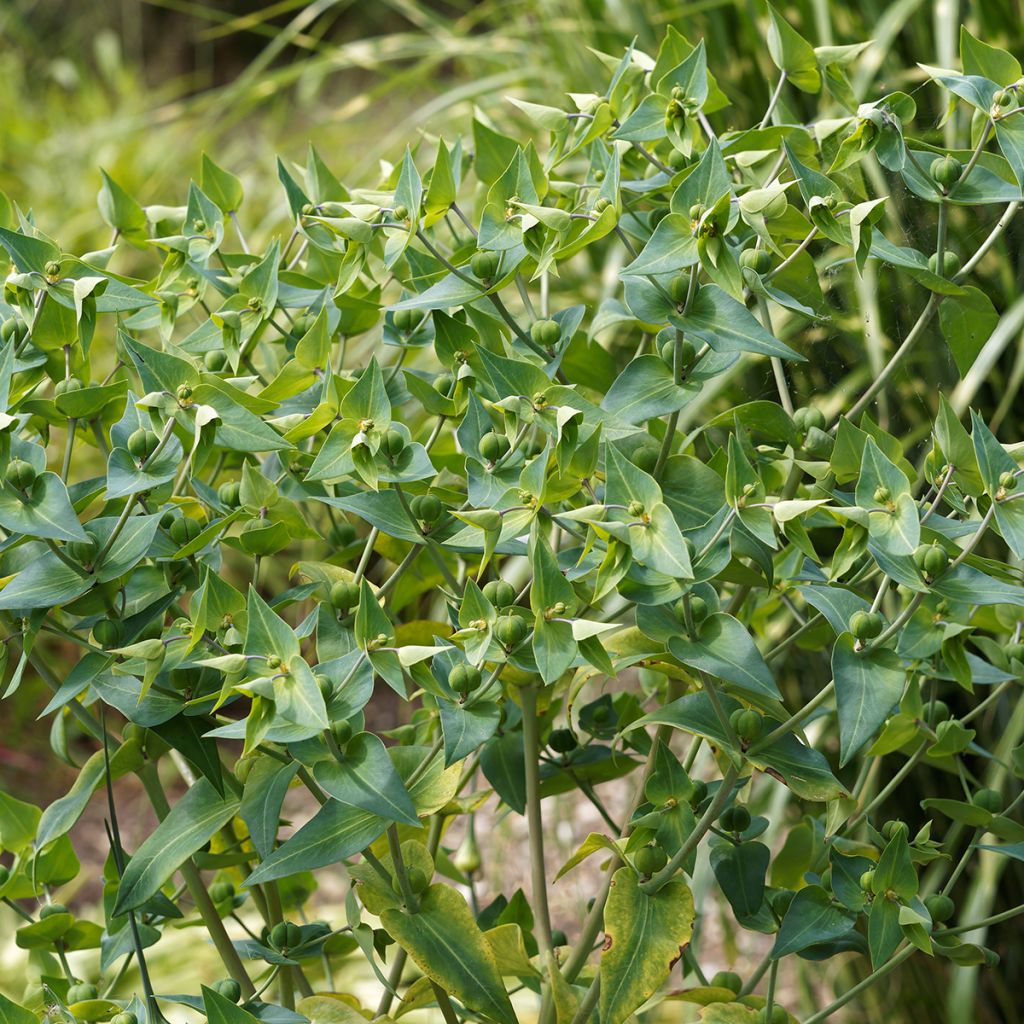

Euphorbia lathyris - seeds
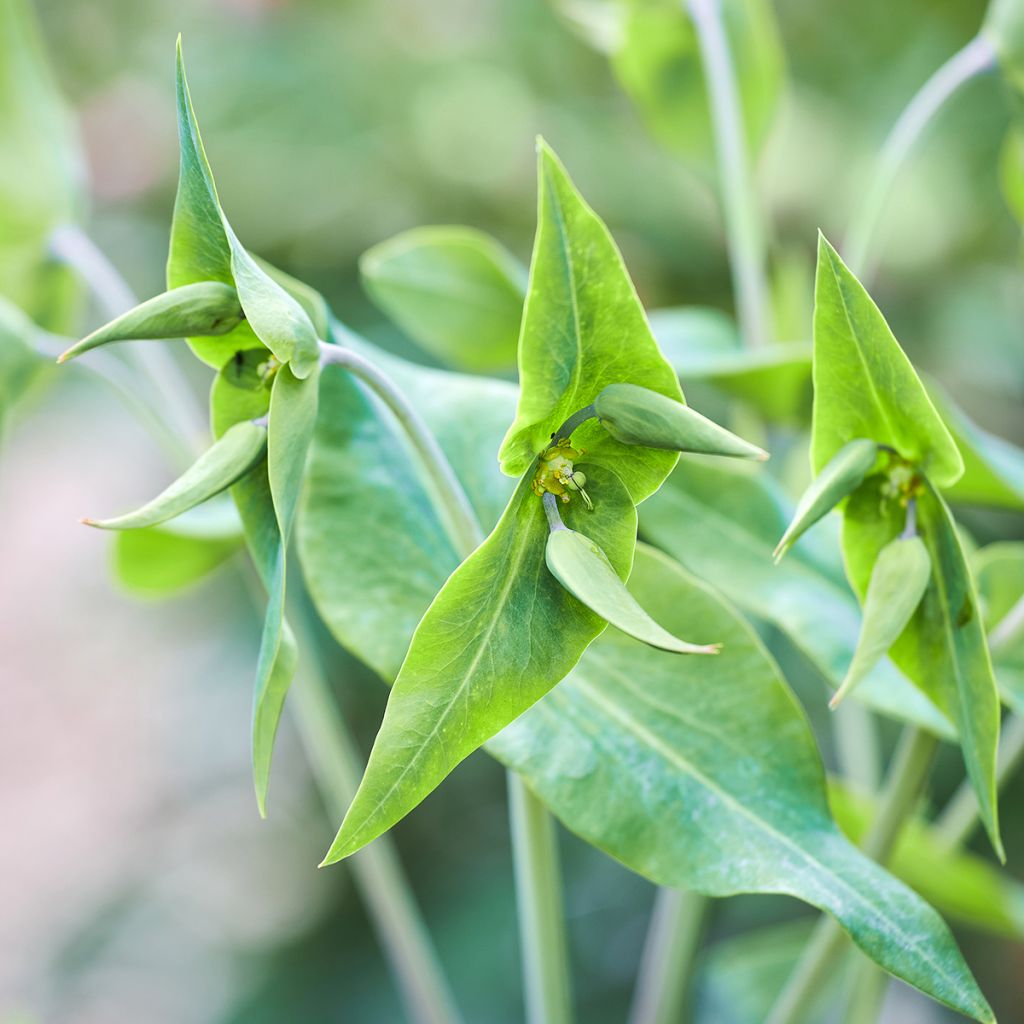

Euphorbia lathyris - seeds
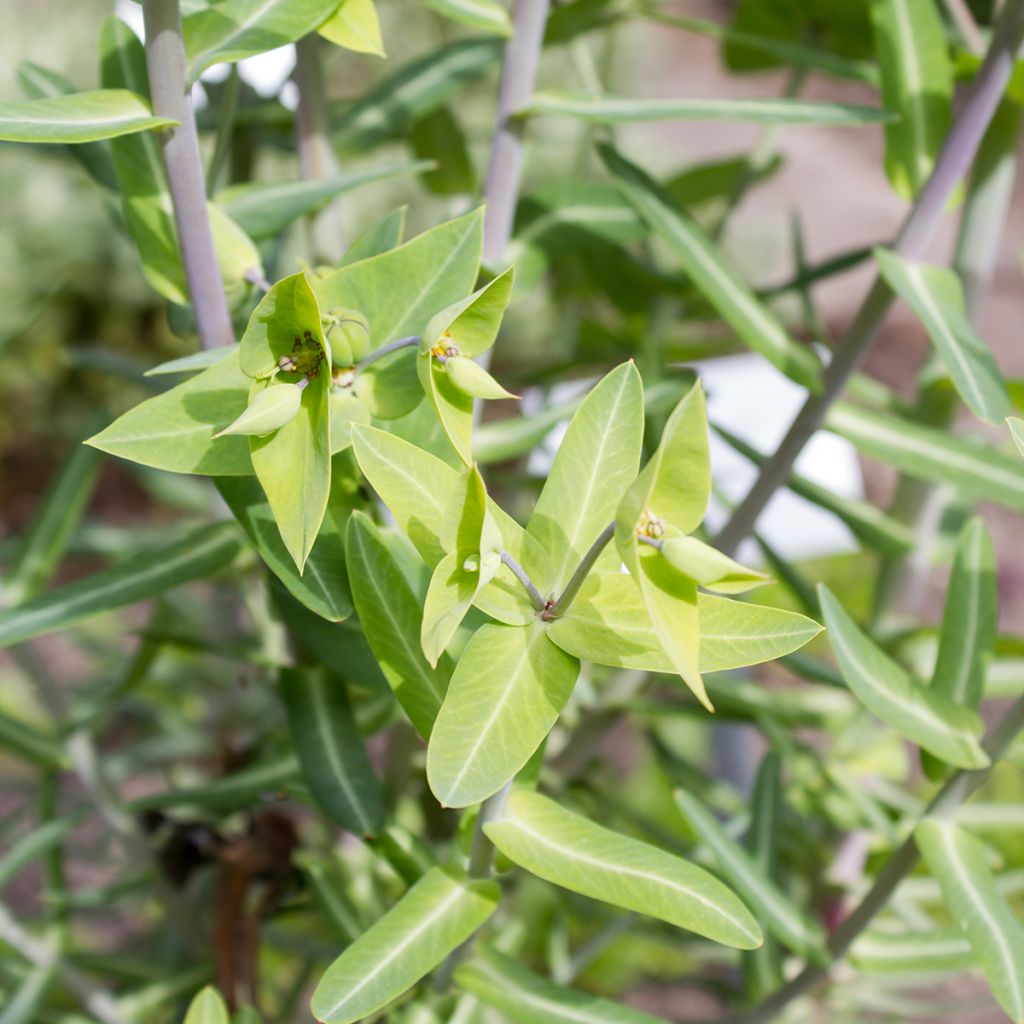

Euphorbia lathyris - seeds
Euphorbia lathyris - seeds
Euphorbia lathyris
Caper Spurge, Gopher Spurge, Mole Plant
Special offer!
Receive a €20 voucher for any order over €90 (excluding delivery costs, credit notes, and plastic-free options)!
1- Add your favorite plants to your cart.
2- Once you have reached €90, confirm your order (you can even choose the delivery date!).
3- As soon as your order is shipped, you will receive an email containing your voucher code, valid for 3 months (90 days).
Your voucher is unique and can only be used once, for any order with a minimum value of €20, excluding delivery costs.
Can be combined with other current offers, non-divisible and non-refundable.
Home or relay delivery (depending on size and destination)
Schedule delivery date,
and select date in basket
This plant carries a 6 months recovery warranty
More information
We guarantee the quality of our plants for a full growing cycle, and will replace at our expense any plant that fails to recover under normal climatic and planting conditions.
Would this plant suit my garden?
Set up your Plantfit profile →
Description
Euphorbia Lathyris, commonly known as Caper spurge or simply Spurge, is also called "mole plant" or "mole chaser". In gardening folklore, it is considered a natural repellent for these small mammals. Most often biennial, this plant forms a single upright stem, adorned with long blue-green leaves with a white median, arranged in a cross shape and horizontally around the stem. Its summer flowering consists of large acid-green umbels that are refreshingly vibrant. It was once widely found in gardens but is now sometimes considered a weed. It is very undemanding, hardy, and drought-resistant. It also has an unusual architectural quality that can be highlighted in a rock or contemporary garden: plant it in groups of 5 to 7 specimens for a stunning geometric effect!
Garden Spurge belongs to the Euphorbiaceae family. It is native to southern Europe (France, Italy, Greece) and China, and naturalised in many countries. It can be found in fallow land, embankments, and debris, not far from human settlements, as well as in gardens. This species grows for one or two years, blooms only once, and then dies. It is thought that the irritating latex that oozes from broken stems repels moles when placed in their burrows.
The Caper spurge is a herbaceous plant that develops a stiff, hollow, and sturdy stem, branching in its upper part when mature. It reaches an average height of 90 cm (up to 1.20 m in rich soil). This stem bears evergreen leaves in winter which are glabrous, narrow and linear, pointed at their tips, with a glaucous colour and a nearly white central line. They are arranged oppositely on the stem, and each pair of leaves forms a right angle with the pair located just below and just above. Seen from above, these leaves form overlapping crosses. The quite spectacular flowering takes place in summer, in July-August, after the stem branches in its upper part. The branches produce a large spherical umbel that bears numerous petal-less flowers, adorned with beautiful, bright yellow-green bracts and carried by bluish peduncles. After pollination by insects, the flowers produce fruits that explosively release the seeds, emitting a characteristic sound. The root system of this plant consists of a main taproot and a few secondary roots.
Like all euphorbias, this plant contains a sticky and toxic latex when broken. It can cause skin irritations (sap) and is toxic if ingested (applies to all parts of the plant).
Euphorbia lathyris is perfectly suited to wild, contemporary, natural, or rock gardens. Its uniqueness will complement the tall torch lilies of yellow, orange, or red kniphofias, the colourful leaves of phormiums, the blue flowers of forget-me-nots, and the architectural presence of yuccas. Planted in groups, it exhibits a sufficiently strong silhouette to stand out in a rock garden or along a path. Equally at home in modern gardens as in a rustic atmosphere, it blends well with anything, enhancing any colour with its acidic inflorescences. To make its flowering even brighter, simply pair it with the purple of irises and ornamental garlic. The combination with drought-tolerant grasses is particularly successful. You can use it to create soft and sinuous mass effects, structure flower beds, and contrast colours and leaf shapes.
Flowering
Foliage
Plant habit
Safety measures
Botanical data
Euphorbia
lathyris
Euphorbiaceae
Caper Spurge, Gopher Spurge, Mole Plant
Euphorbia lathyrus
Mediterranean
atteintescutaneomuqueuses
Cette plante peut provoquer l'apparition de réactions cutanées indésirables, une atteinte des yeux, ou des difficultés respiratoires si elle est ingérée.
Ne la plantez pas là où de jeunes enfants peuvent évoluer. Evitez tout contact avec la peau: privilégiez l'emploi de gants pour la manipuler. En cas de contact, lavez-vous soigneusement les mains et rincez abondamment à l'eau la zone concernée. Lavez les vêtements entrés en contact. En cas de réaction cutanée, contactez votre médecin ou le centre antipoison le plus proche de chez vous. En cas d'atteinte étendue ou de difficultés respiratoires, appelez immédiatement le 15 ou le 112.Pensez à conserver l'étiquette de la plante, à la photographier ou à noter son nom, afin de faciliter le travail des professionnels de santé.
Davantage d'informations sur https://plantes-risque.info
Other Euphorbia - Spurge
View all →Planting and care
Sowing:
Sow the euphorbia in a tray indoors from February or outdoors in April-May on the surface on a well-drained, light but slightly moist seed compost. Simply cover with vermiculite or a thin layer of compost. The ideal temperature for germination is between 15 and 18 °C. Germination can be slow and irregular, taking from 2 weeks to several months. If your seeds do not germinate, place them in cold at 4°C for 3 months, then return them to warmth. Make sure the substrate always remains slightly moist. Transplant the seedlings when they are large enough to handle, into 8 cm pots. After a period of hardening to outdoor conditions, you can plant them in the ground with a spacing of 50 cm.
Another possibility: sow in late summer directly in place, in rockeries or flower beds, shallowly as they need light to germinate. Winter temperatures are beneficial for breaking seed dormancy. They will germinate in spring.
Cultivation:
Euphorbia lathyris is easily grown in any well-drained soil, preferably in full sun. The presence of limestone is not a problem and it is hardy. The ideal substrate should be loose, flexible and well-drained. Plant early in autumn or spring. This euphorbia tolerates summer drought perfectly. The plant grows for one or two years, flowers only once and then dies. It easily self-seeds in light soil if faded flowers are not removed. However, young self-sown plants are easy to pull out if necessary.
Cut the faded inflorescences around July if you want to avoid elf-seeding. This will make room for new shoots produced by the crown. Seedlins are easily pulled out.
Sowing period
Intended location
Planting & care advice
This item has not been reviewed yet - be the first to leave a review about it.
Haven't found what you were looking for?
Hardiness is the lowest winter temperature a plant can endure without suffering serious damage or even dying. However, hardiness is affected by location (a sheltered area, such as a patio), protection (winter cover) and soil type (hardiness is improved by well-drained soil).

Photo Sharing Terms & Conditions
In order to encourage gardeners to interact and share their experiences, Promesse de fleurs offers various media enabling content to be uploaded onto its Site - in particular via the ‘Photo sharing’ module.
The User agrees to refrain from:
- Posting any content that is illegal, prejudicial, insulting, racist, inciteful to hatred, revisionist, contrary to public decency, that infringes on privacy or on the privacy rights of third parties, in particular the publicity rights of persons and goods, intellectual property rights, or the right to privacy.
- Submitting content on behalf of a third party;
- Impersonate the identity of a third party and/or publish any personal information about a third party;
In general, the User undertakes to refrain from any unethical behaviour.
All Content (in particular text, comments, files, images, photos, videos, creative works, etc.), which may be subject to property or intellectual property rights, image or other private rights, shall remain the property of the User, subject to the limited rights granted by the terms of the licence granted by Promesse de fleurs as stated below. Users are at liberty to publish or not to publish such Content on the Site, notably via the ‘Photo Sharing’ facility, and accept that this Content shall be made public and freely accessible, notably on the Internet.
Users further acknowledge, undertake to have ,and guarantee that they hold all necessary rights and permissions to publish such material on the Site, in particular with regard to the legislation in force pertaining to any privacy, property, intellectual property, image, or contractual rights, or rights of any other nature. By publishing such Content on the Site, Users acknowledge accepting full liability as publishers of the Content within the meaning of the law, and grant Promesse de fleurs, free of charge, an inclusive, worldwide licence for the said Content for the entire duration of its publication, including all reproduction, representation, up/downloading, displaying, performing, transmission, and storage rights.
Users also grant permission for their name to be linked to the Content and accept that this link may not always be made available.
By engaging in posting material, Users consent to their Content becoming automatically accessible on the Internet, in particular on other sites and/or blogs and/or web pages of the Promesse de fleurs site, including in particular social pages and the Promesse de fleurs catalogue.
Users may secure the removal of entrusted content free of charge by issuing a simple request via our contact form.
The flowering period indicated on our website applies to countries and regions located in USDA zone 8 (France, the United Kingdom, Ireland, the Netherlands, etc.)
It will vary according to where you live:
- In zones 9 to 10 (Italy, Spain, Greece, etc.), flowering will occur about 2 to 4 weeks earlier.
- In zones 6 to 7 (Germany, Poland, Slovenia, and lower mountainous regions), flowering will be delayed by 2 to 3 weeks.
- In zone 5 (Central Europe, Scandinavia), blooming will be delayed by 3 to 5 weeks.
In temperate climates, pruning of spring-flowering shrubs (forsythia, spireas, etc.) should be done just after flowering.
Pruning of summer-flowering shrubs (Indian Lilac, Perovskia, etc.) can be done in winter or spring.
In cold regions as well as with frost-sensitive plants, avoid pruning too early when severe frosts may still occur.
The planting period indicated on our website applies to countries and regions located in USDA zone 8 (France, United Kingdom, Ireland, Netherlands).
It will vary according to where you live:
- In Mediterranean zones (Marseille, Madrid, Milan, etc.), autumn and winter are the best planting periods.
- In continental zones (Strasbourg, Munich, Vienna, etc.), delay planting by 2 to 3 weeks in spring and bring it forward by 2 to 4 weeks in autumn.
- In mountainous regions (the Alps, Pyrenees, Carpathians, etc.), it is best to plant in late spring (May-June) or late summer (August-September).
The harvesting period indicated on our website applies to countries and regions in USDA zone 8 (France, England, Ireland, the Netherlands).
In colder areas (Scandinavia, Poland, Austria...) fruit and vegetable harvests are likely to be delayed by 3-4 weeks.
In warmer areas (Italy, Spain, Greece, etc.), harvesting will probably take place earlier, depending on weather conditions.
The sowing periods indicated on our website apply to countries and regions within USDA Zone 8 (France, UK, Ireland, Netherlands).
In colder areas (Scandinavia, Poland, Austria...), delay any outdoor sowing by 3-4 weeks, or sow under glass.
In warmer climes (Italy, Spain, Greece, etc.), bring outdoor sowing forward by a few weeks.






























